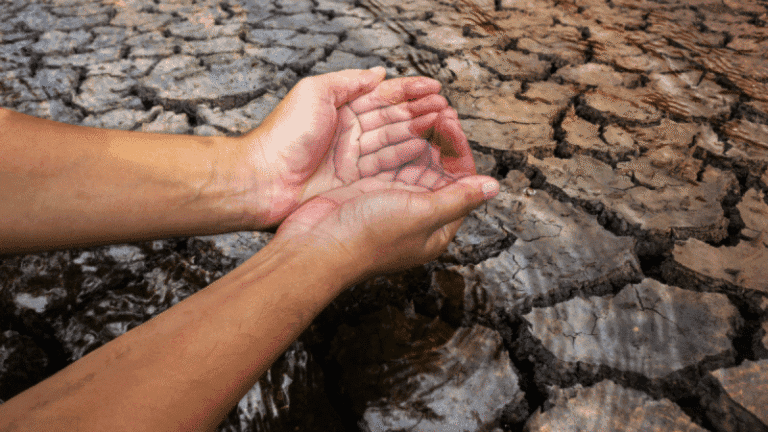Agriculture remains a strategic pillar of the Moroccan economy. According to the World Bank, it accounted for 10.1% of GDP in 2024 and generated nearly 30% of national employment in 2023. However, this vital sector faces a major challenge: water availability. Water stress directly affects agricultural productivity, reduces production volumes, and jeopardizes the sustainability of the national food system.
Since 2008, the state has launched numerous initiatives to conserve water in agriculture. The National Water Economy Program for Irrigation, the expansion of irrigation, the preservation of hydraulic perimeters, and the public-private partnership have encouraged the shift towards more efficient systems. As a result, nearly 30% of the water used in irrigation has been saved, totaling about 2 billion cubic meters, which is equivalent to the country’s annual drinking water consumption.
Despite these efforts, the situation remains concerning. Morocco’s annual water needs are estimated at 16 billion cubic meters, of which 85% is for agriculture. However, natural contributions are limited to about 5 billion cubic meters, a third of which is reserved for domestic consumption. Agriculture draws nearly 1 billion cubic meters from dams, with the remainder sourced from aquifers, whose sustainability is threatened by an increasing imbalance between exploitation and regeneration, exacerbated by low snowfall, which was once essential for their replenishment.
To ensure the sustainability of agricultural production and preserve the national economy, several solutions must be considered in the short, medium, and long term:
Strengthen farmer training to optimize water use. Even when irrigation technologies are available, their use is sometimes suboptimal. More effective management could save over 30% of the resources dedicated to irrigation.
Develop the reuse of treated domestic and industrial wastewater to diversify sources of agricultural and industrial supply.
Continue desalination projects, such as the Agadir initiative, which has helped reduce pressure on groundwater and provides a sustainable alternative in the face of water scarcity.
Morocco is at a turning point: ensuring the country’s water sovereignty and the sustainability of its agriculture requires concrete and coordinated measures, commensurate with the strategic importance of this sector for the economy and society.
Source: Maroc Diplomatique


